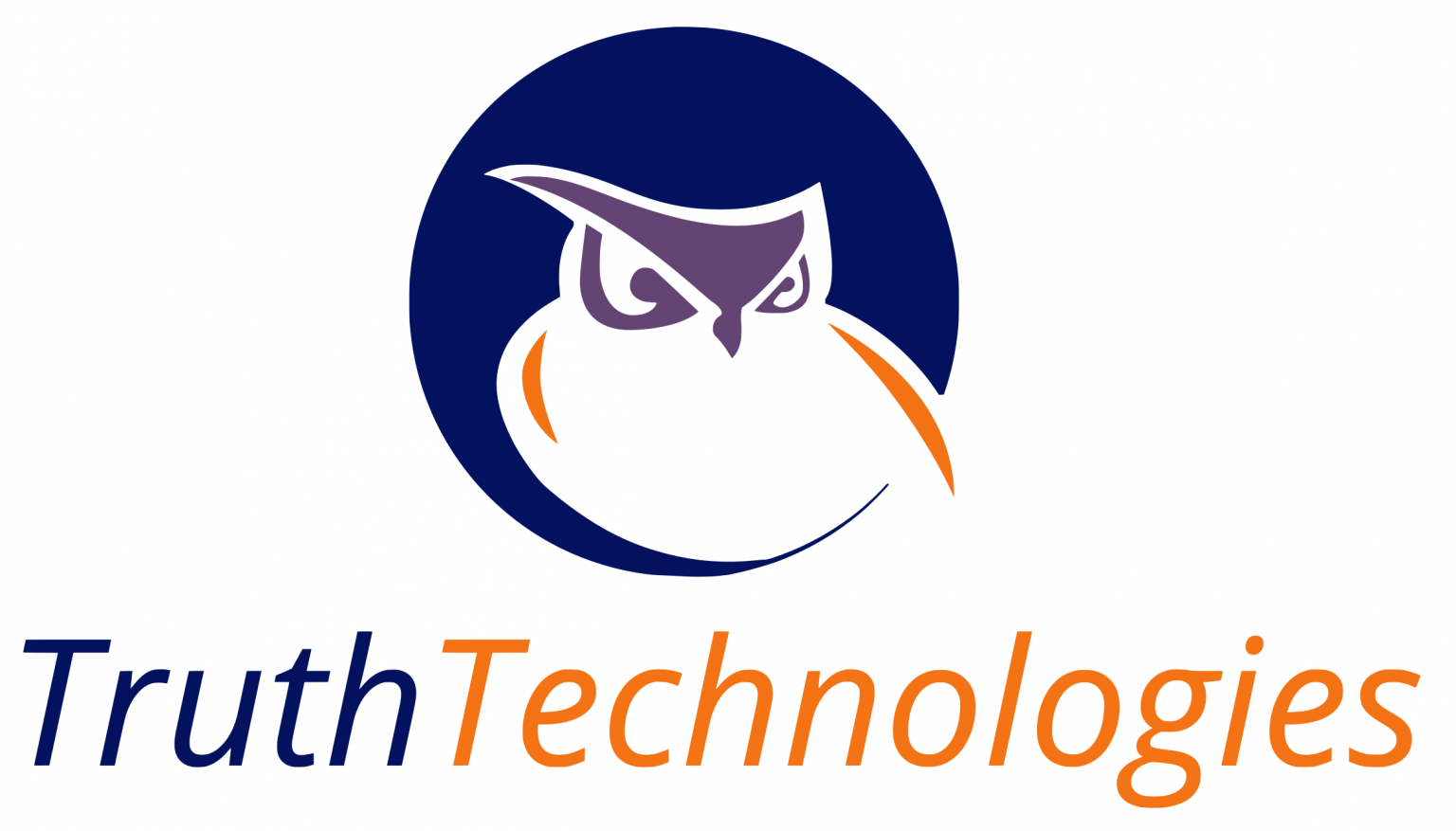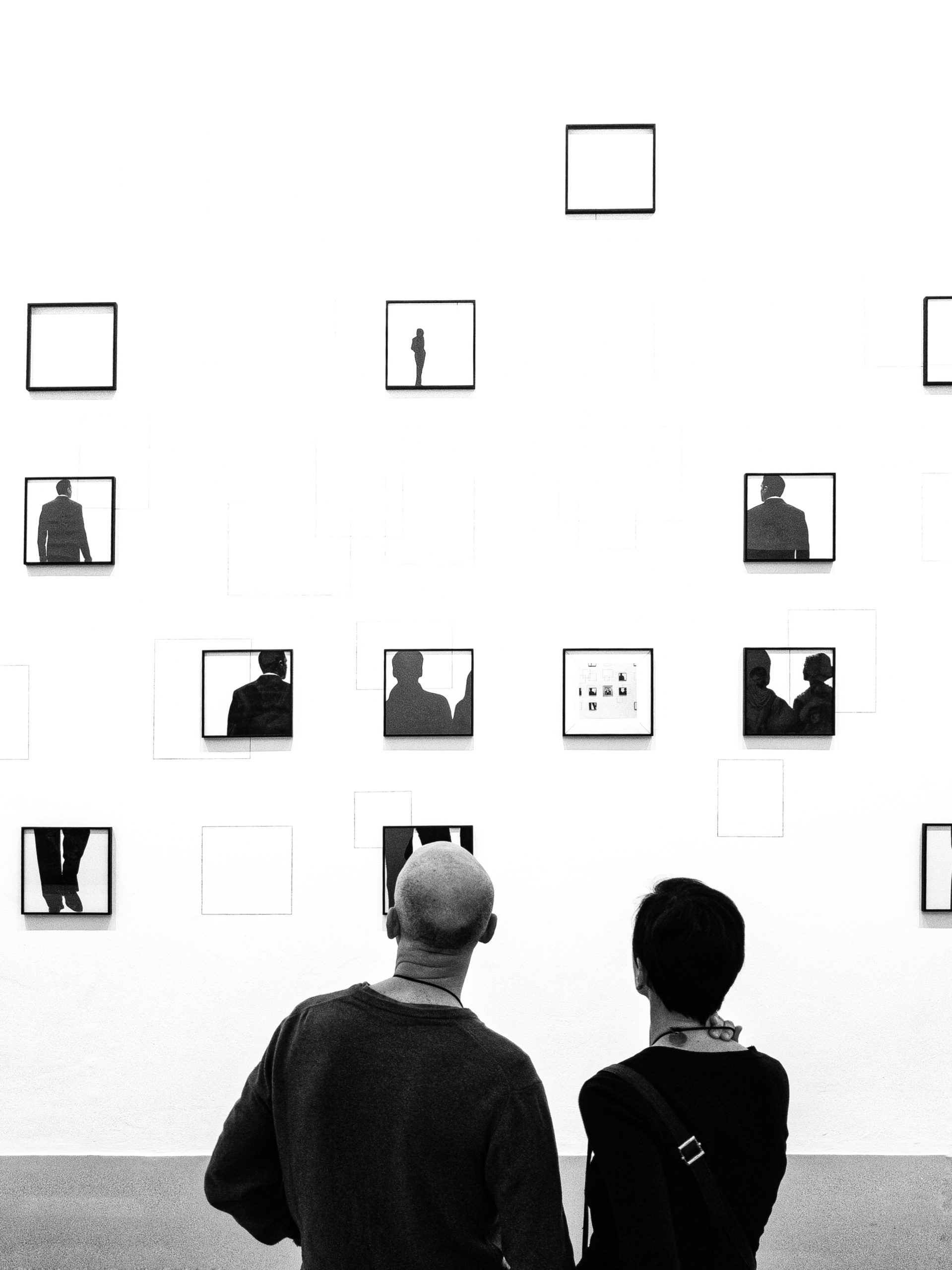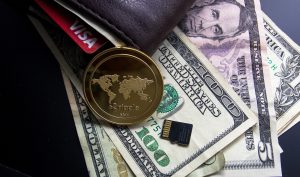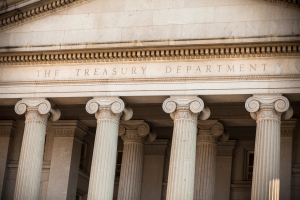High End Art, A Haven for Money Laundering
High-end art is quickly making the scene for an increase in financial crime. Banksy is a popular artist whose themes consist of anti-establishment sentiments and rebukes consumer culture and capitalism. His art has ironically become the latest target for money laundering activity.
FinCEN’s Latest Release on New Targets
On January 28th, FinCEN released a new list of priority threats in which require immediate action in combatting. Those threats include human trafficking, drug trafficking, proliferation financing, corruption, and both international and domestic terrorism. But the art market did not make the list, even though financial crime is rapidly increasing in this market due to an abundance of anonymity and lack of regulation.
High-End Art, Financial Crime, and the Pandora Papers
The Pandora Papers, released in October of last year, documents the financial activities of hundreds of politicians, business tycoons and, criminals. Financial broker Maurizio Fabris was on the list. It showed that he opened a trust in 2009 for the sole purpose of purchasing multiple Banksy pieces. The trust was opened by Asiaciti Trust and part of the agreement allowed Fabris to display multiple pieces of Bansky Art in his home at no cost, helping Fabris to avoid taxes on wealth, estate and capital gains. The Pandora Papers also shed light on the fact that art is a growing market for individuals to store value, and they do this by using shell companies to purchase and sell art between the companies, offering the ultimate camouflage from authorities. It has been revealed by investigative journalists that more than 1600 pieces of art by roughly 400 artists around the world, have been used and traded through shell companies. And some of those pieces of art, will never see the light of day again, because the trust companies who own them don’t have an agreement to allow those pieces of art to be displayed.
Know Your Customer
Even with growing regulations the U.S. still hasn’t proposed that art dealers and auctioneers be added to the list of industries required to implement Know Your Customer (KYC) compliance against their clients. The only industry close to the art market that has managed to make the list is antiquities dealers. However, the European Union and the United Kingdom recently added art dealers and auctioneers to their list of clients required to verify they’re buyers, but they confess that enforcement of these regulations have been problematic and patchy. Click here to read the rest of the article.
In a world where things change constantly, it is only a matter of time before the U.S. jumps on board and adds art dealers and auctioneers to the list of industries required to vet their customers. KYC is constantly growing, and it is important to have the best service out there to make sure your business stays compliant. Contact Truth Technologies to see how you can stay ahead of the curve.





